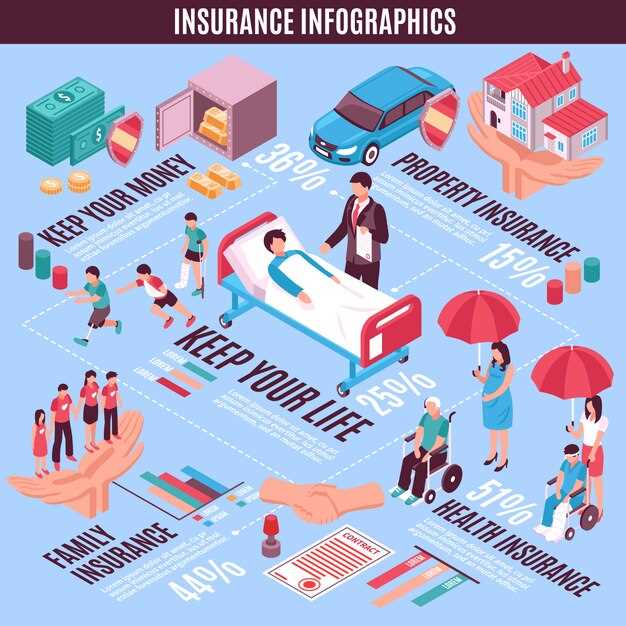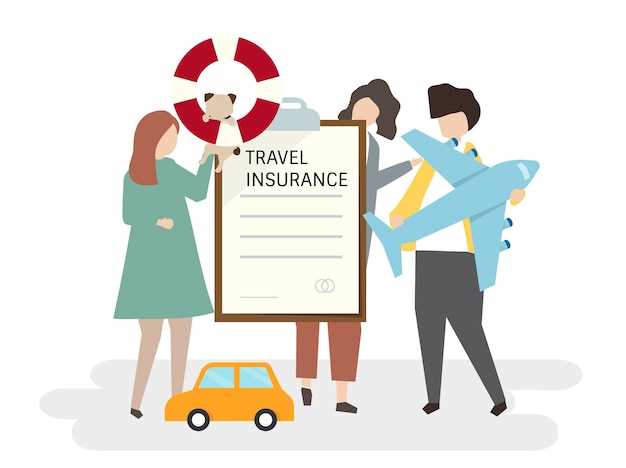
When purchasing a vehicle, it’s crucial to consider not only the initial cost but also the potential financial risks associated with owning a car. One significant aspect that many vehicle owners overlook is the importance of GAP insurance. This type of coverage serves as a protective measure in the event of a total loss, bridging the gap between what you owe on your vehicle and its current market value.
GAP, which stands for Guaranteed Asset Protection, becomes particularly vital when the vehicle is financed or leased. In situations where the car is stolen or deemed a total loss, traditional insurance may only cover the depreciated value of the vehicle. This is where GAP insurance steps in, ensuring that the owner does not face significant out-of-pocket expenses to settle their loan or lease obligations.
The functionality of GAP insurance lies in its ability to provide peace of mind, knowing that the financial ramifications of an unforeseen incident are mitigated. With various coverage options available, understanding how GAP insurance works and evaluating its necessity for your specific situation can significantly impact your financial security in the event of a loss.
What Is GAP Insurance and Who Needs It?

GAP insurance, or Guaranteed Asset Protection insurance, is a type of coverage designed to protect vehicle owners from financial loss in the event of an accident that results in a total loss of their car. When a vehicle is declared a total loss, standard auto insurance typically only pays the market value of the car at the time of the accident, which may be significantly less than what the owner owes on their auto loan or lease. This discrepancy between the insurance payout and the remaining balance is referred to as the “gap.”
This coverage is particularly useful for individuals who have financed or leased their vehicles. New cars depreciate quickly, and it’s common for the amount owed to exceed the vehicle’s current market value shortly after purchase. GAP insurance can help to cover this financial shortfall, ensuring that owners are not left with outstanding loan payments for a vehicle they can no longer drive.
People who are likely to benefit from GAP insurance include those with high loan-to-value ratios, new car buyers, and individuals with long-term leases. By understanding the potential risks associated with vehicle ownership, consumers can make informed decisions about whether GAP insurance is a necessary addition to their coverage plan.
How GAP Coverage Works When a Vehicle Is Totaled
GAP coverage, or Guaranteed Asset Protection, is designed to address the financial loss incurred when a vehicle is declared a total loss after an accident. In the event of a total loss, standard auto insurance typically covers only the vehicle’s actual cash value (ACV), which may fall short of the outstanding loan or lease balance.
When a vehicle is totaled, the insurance company assesses its current market value, considering factors like depreciation. This value often does not reflect the amount owed on the loan. For instance, if you owe $25,000 on your car loan but the ACV of your totaled vehicle is only $20,000, you face a significant financial gap of $5,000. Without GAP coverage, you are responsible for paying this difference out of pocket.
GAP coverage steps in to cover this financial loss, ensuring that you are not left with a debt for a vehicle you can no longer use. It acts as a safety net, providing peace of mind in the unfortunate event of a total loss. By having GAP insurance, you can help protect your finances and avoid unexpected expenses that arise when a vehicle is written off.
In summary, GAP coverage is essential for drivers with outstanding loans or leases. It effectively bridges the gap between the insurance payout and the remaining balance, providing essential financial protection during a stressful situation.
Key Considerations Before Purchasing GAP Insurance

Before committing to GAP insurance, it’s essential to evaluate your vehicle’s actual cash value versus the remaining loan balance. GAP coverage is particularly valuable for new or recently purchased vehicles that depreciate rapidly. Understanding the difference can help you determine if this insurance is necessary for your situation.
Another vital consideration is the type of coverage your existing auto insurance provides. If your policy already covers the gap in value in the event of a total loss, investing in additional GAP insurance may be redundant. Be sure to review your current policy thoroughly to avoid unnecessary expenses.
It’s also important to examine the terms and conditions of the GAP insurance policy itself. Policies can vary significantly in terms of coverage limits, exclusions, and claim processes. Ensure that you understand what is included and what isn’t to avoid surprises in the event of a claim.
Additionally, consider the financial stability of the provider offering the GAP insurance. Research the insurer’s reputation and read customer reviews to ensure they are reliable and trustworthy. A reputable provider will facilitate a smooth claims process, should you ever need to utilize your coverage.
Lastly, reflect on your driving habits and the anticipated longevity of your vehicle. If you plan to keep your vehicle for several years or drive it for extensive mileage, the risk of a gap between the car’s value and the loan may increase. Assessing these factors will help you make an informed decision about whether GAP insurance is a prudent investment for you.




